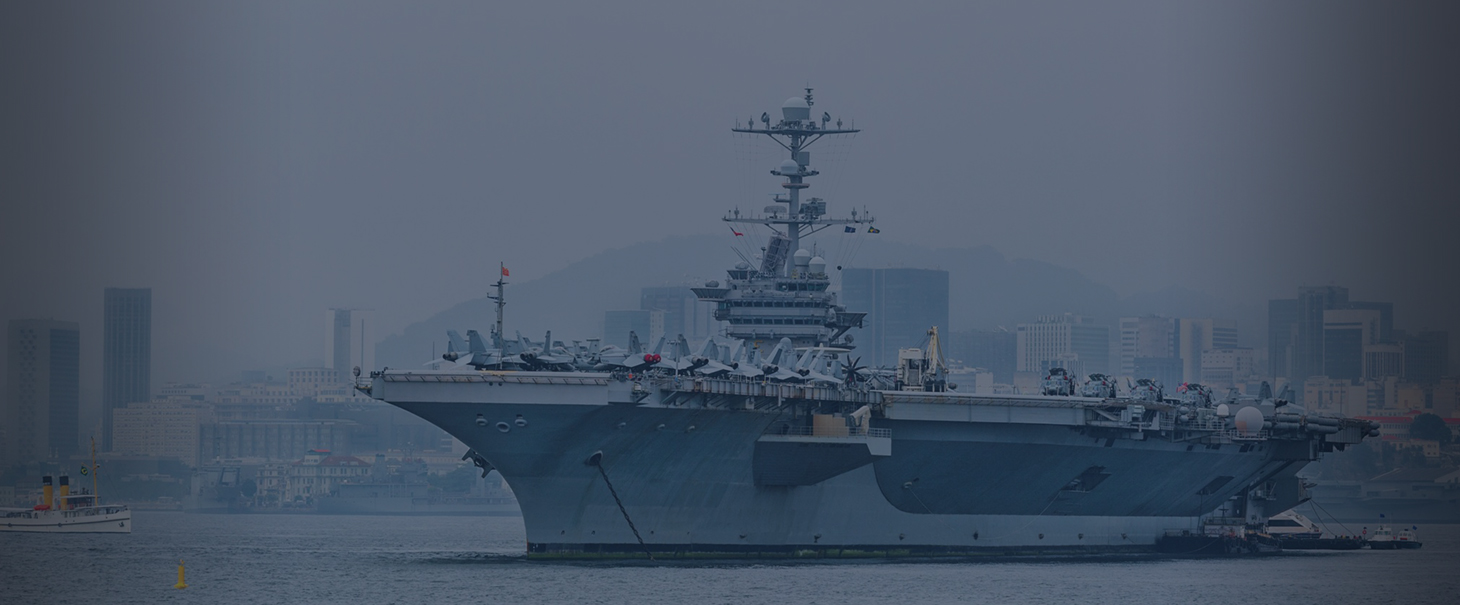China’s Prime Minister Li Keqiang recently told delegates at the National People’s Congress the country’s economy would grow at about 7 percent this year. The projection reflects a slowdown as China works to consolidate its gains over the past decade and build a stronger, more modern service and information-based economy. This is a good time to review China’s portfolio in Latin America. Prime Minister Li’s report comes amid good news as China overtook the United States in inbound foreign direct investments (FDI) for the first time since 2003. With an impressive $128 billion invested in China and Hong Kong, the two placed first and second, while the U.S. came in third. Equally important is China’s out bound investments, which set records in 2012 with the U.S. as the primary recipient in energy, transportation and the financial services. The countries of Asia, Africa and Latin American also benefited from inflows of Chinese capital. In January, China announced its intention to invest $250 billion in Latin America over the next decade. While the figure is promising, the nature and distribution of investments is far more complicated. Despite a perceptible decrease in its Latin American FDI in the past few years, China’s largest overseas investments in the region are still predominantly in energy and transportation. Of nearly $108 billion invested in Latin America and the Caribbean since 2009, energy related projects accounted for $56 billion. Metals attracted a substantial $25 billion, with transportation coming in third with about $14 billion. Five Latin American countries (Brazil, Venezuela, Argentina, Ecuador and Peru) received the lion’s share of China investments in all categories, nearly $90 billion. With an impressive $22 billion dedicated to energy and an additional $4.8 billion in metals, Brazil’s relationship to China is by far the most important in the continent. In second place, Venezuela received approximately $18 billon, with about $11 billion in transportation investments. Unfortunately, political and economic instability, caused largely by the policies of its government, have contributed to a disastrous decline in Venezuela’s industrial and petroleum production capacity. China continues to operate on a cash-for-oil basis in Venezuela, even as crude output has lagged year after year. One significant aspect of China’s investment strategy in the Americas is that it continues to prop up the populist, and anti-U.S., ALBA (Bolivarian Alliance of the Americas) group of nations with generous trade, credits and investments. With the exception of Peru, it has largely ignored large investment opportunities in countries with stronger ties to global markets. Chinese investments in Chile, for example, are a modest $4-5 billion, mostly in copper and other metals. Colombia accounts for a couple of billion mainly in its energy sector. Most remarkably, Chinese investment in Mexico accounts for only a half billion dollars, on a par with the much smaller Nicaragua economy. Because of its free trade status with, and proximity to, the United States, Mexico has attracted investments in manufacturing and other industries. Almost 500 of Latin America’s most important enterprises have been installed in Mexico, along with major world firms such as Santander Group and BBVA-Bombardier. Despite some unfavorable conditions, including organized crime and violence, in 2013 Mexico recorded $35.2 billion in FDI, double the amount in 2012. Chile, Colombia, Mexico and Peru are members of the Pacific Alliance, a trade bloc, with access to the North American and Europe markets, known as a platform for manufactured exports to developed economies. Within limits, these countries are enhancing their productive capacities and improving the skills of their work forces. Chinese investors, however, have not invested as generously in these nations whose institutions and markets have shown considerable development in the past decade. Shifting Investment Criteria Given China’s slowing economic growth, overseas investments may also come under increased scrutiny. Declining prices for oil and other commodities are lessening pressure to secure raw materials. Reduced outputs are also indicators of underperforming assets abroad. More importantly, however, is China’s likely shift away from total volume of investments to a greater emphasis on their productivity. At an earlier stage, Chinese development required a large volume of investment to build productive capacity and to feed, house, cloth and transport a growing labor force. This was facilitated by a massive domestic savings rate. In its race to increase output, however, efficiency was often sacrificed. Focusing on one area of China’s accomplishment, James Fallows in his 2012 book China Airborne put his finger on the nature of the next phase of China’s development when he described the country’s “legacy” building stock, … the architectural remnants of the Mao era and the early reform years that were so cheaply built and poorly insulated that they take twice as much energy to heat and cool as their Western counterparts. Replacing all those old buildings with greener structures will take decades, and billions of dollars (page 173.) As China advances, new expectations and hence new, more productive investments with will be required. Billions of dollars will have to be invested productively if they are not to be squandered for China’s future needs. Just as state-owned enterprises are being cautioned against wasteful practices coupled with stronger market discipline, Chinese investing and lending will be under pressure to perform. Better use of raw materials and other commodities will characterize a future Chinese economic expansion. The question is not whether China has the financial resources to invest abroad. The real issue is whether investments will generate additional resources, make superior use of scarce resources and contribute to a rising living standard. One of Prime Minister Li messages to the National People’s Congress is that the country’s future economy will depend less on investment and more on consumption. This means a greater emphasis on capital efficiency. Another consideration is to make prudent capital investments that will allow greater production in the future. This latter consideration should underscore a critical review of China’s current and future investments in Latin America.


 Fernando Menéndez
Fernando Menéndez